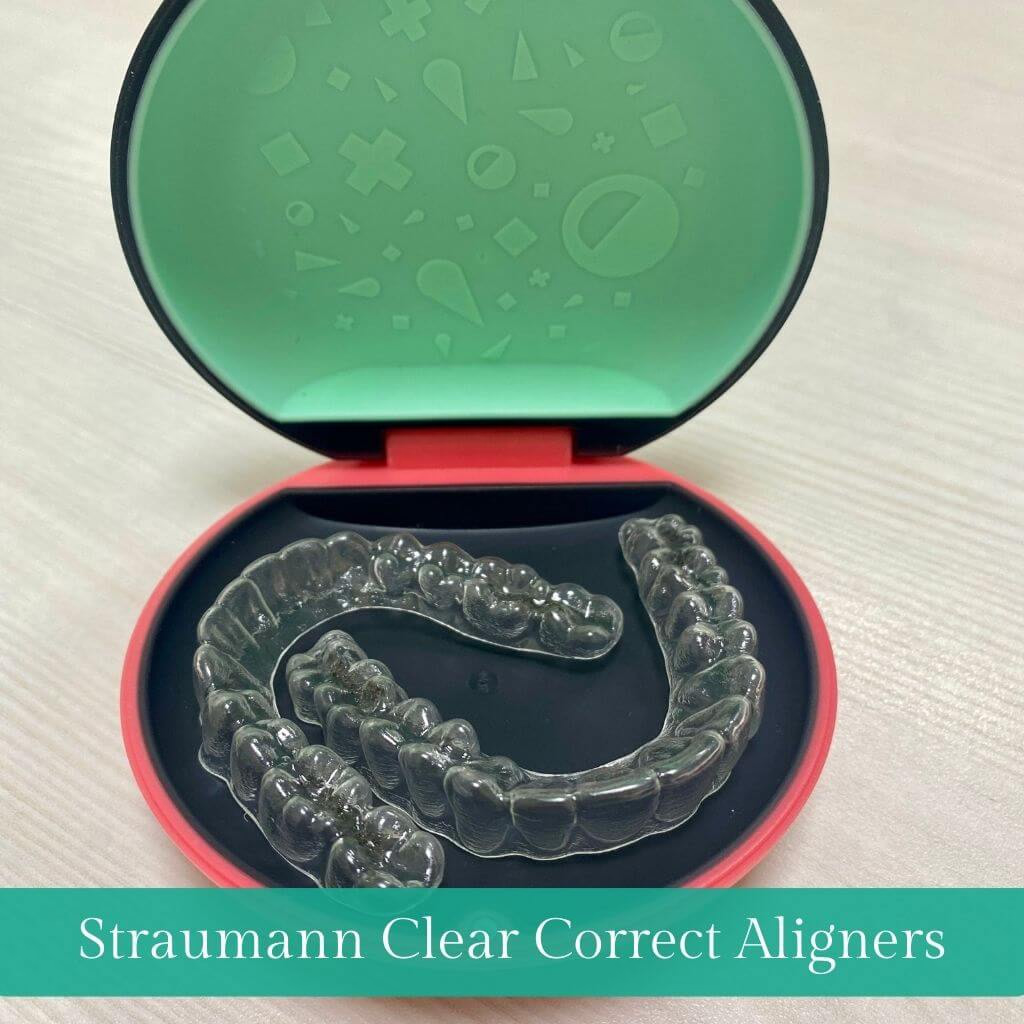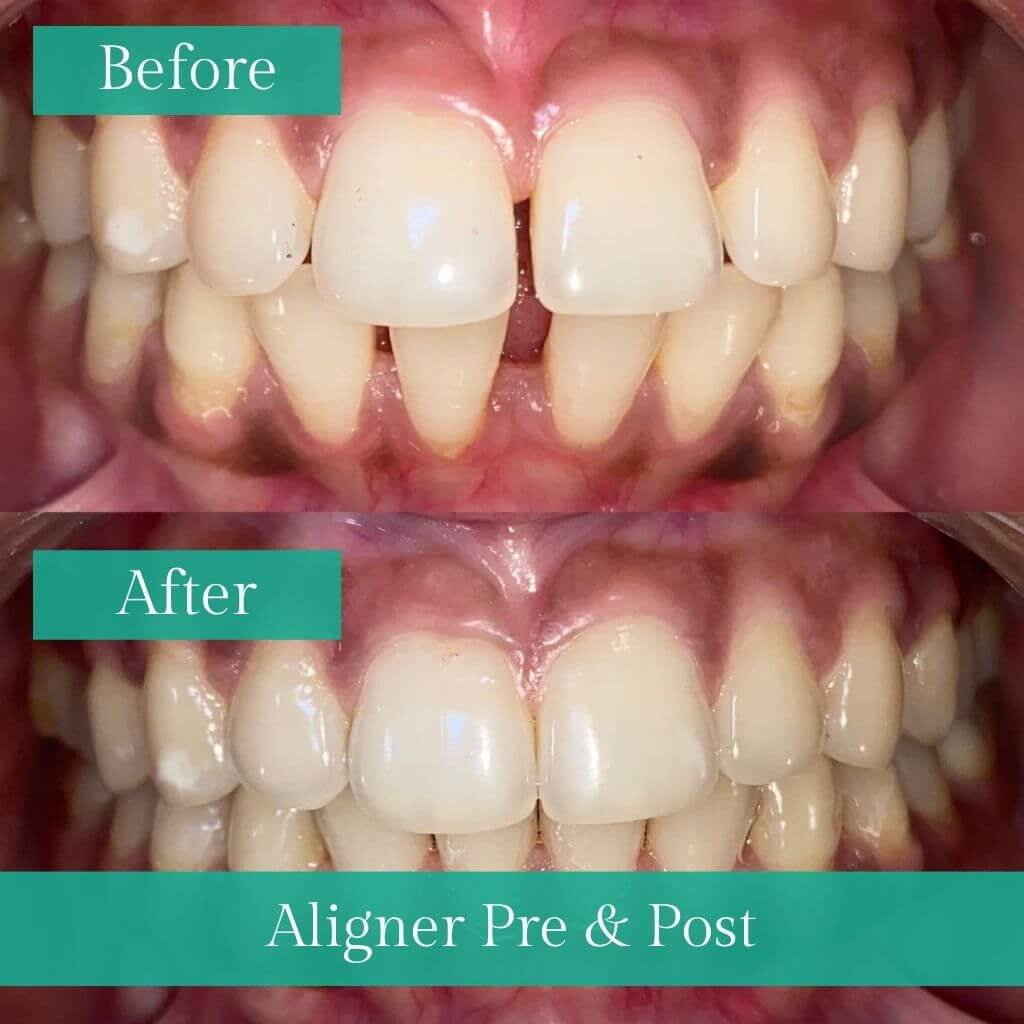What Are Retainers and Do You Really Need Them
'An ounce of prevention is worth a pound of cure.' Have you ever heard this adage? It's especially true when considering your oral health.
When it comes to orthodontic treatment, the journey to a straight and beautiful smile is a significant investment in terms of time, money, and effort. After months or even years of wearing braces or aligners, the excitement of having your orthodontic appliances removed is a momentous occasion. But the journey doesn't end there.
Orthodontists frequently advise the use of retainers to preserve the outcome of the treatment and prevent teeth from reverting to their previous, maligned positions.
In this comprehensive article, we'll delve into the world of retainers, answering the essential questions surrounding them and helping you understand why they are crucial for preserving your new smile.
Key Takeaways
- Retainers are dental appliances that help maintain the alignment of your teeth after orthodontic treatment, ensuring your newly aligned smile remains intact.
- Two primary types of retainers are available: removable and fixed (or bonded), and your orthodontist will suggest the one that is most suitable for your specific requirements.
- Retainers work by preventing your teeth from shifting back to their original positions and allowing surrounding bone and tissues to adapt to the new alignment.
- Younger individuals and those with varying responses to orthodontic treatment benefit from personalized retention plans that specify when and how long to wear retainers.
- Proper maintenance of retainers through regular cleaning, safe storage, and following your orthodontist's advice is essential for their effectiveness and longevity.
What Are Retainers?
Retainers are dental devices created to assist in preserving the alignment of your teeth following orthodontic treatment. They are custom-made to fit your teeth and are typically made from either plastic or metal. Retainers can be removable or fixed, and your orthodontist will recommend the type that best suits your needs.
Types of Retainers
Removable Retainers: These are the most common type of retainers. They can be easily taken in and out of your mouth, making them convenient for eating, brushing, and flossing. Removable retainers are made of plastic/acrylic and may or may not have a metal wire across the front teeth for added stability. They need the compliance of the patient to be worn as prescribed by the doctor. Fixed or Bonded Retainers: Fixed retainers, also known as permanent or bonded retainers, are glued to the back of your teeth. They are invisible to others and require less effort to maintain since they are always in place.
How Do Retainers Work?
Retainers work by preventing your teeth from shifting back to their original positions. Once your braces or aligners have moved your teeth into the desired alignment, your bone structure, gums, and surrounding tissues need time to adapt to the new positions. Without retainers, these tissues can cause your teeth to revert to their former locations. Retainers maintain the progress achieved during your orthodontic treatment, providing long-term stability to your smile.
Why Are Retainers Necessary?
- Maintain Orthodontic Results: Retainers play a crucial role in preventing your teeth from reverting to their initial maligned positions after orthodontic treatment, thus safeguarding the integrity of your newly aligned smile.
- Bone and Tissue Adaptation: Orthodontic treatment not only repositions your teeth but also requires time for the surrounding bone and tissues to adapt to the new alignment. Retainers help in this adaptation process.
- Age-Related Vulnerability: Younger individuals whose bones are still growing are more susceptible to teeth shifting. Retainers are especially necessary for them to maintain the results of orthodontic treatment.
- Individual Variability: Every individual's teeth respond differently to orthodontic treatment. The duration and type of retainer wear needed can vary from person to person, making personalized retention plans crucial.
- Long-Term Stability: Retainers are the key to achieving long-term stability and ensuring that your orthodontic investment stands the test of time, providing a lasting, confident smile.
Which Orthodontic Problems Does Retainers Help Maintain?
Retainers are primarily used to maintain the alignment of your teeth after orthodontic treatment, but they can also help address or prevent various conditions and issues, including:
- Teeth malignment
- Overbite
- Underbite
- Crossbite
- Open bite
- Crowding of teeth
- Gaps between teeth
How to Properly Maintain My Retainers?
Caring for your retainers is vital to ensure their effectiveness and longevity. Here are some useful tips to help you maintain your retainers:
- Regular Cleaning: Just like your teeth, retainers can accumulate plaque and bacteria. You should clean them daily with a soft toothbrush and mild soap or a retainer cleaning solution.
- Avoid Harsh Chemicals: Do not use toothpaste or harsh chemicals for cleaning, as they can damage the material of the retainer.
- Keep Them Safe: When you're not wearing your retainers, store them in their case to prevent damage or loss.
- Handle with Care: Avoid bending or twisting your retainers, as they can lose their shape.
- Regular Check-ups: Visit your orthodontist regularly to ensure your retainers still fit properly, and any necessary adjustments can be made.
When Do You Start Wearing Retainers?
Your orthodontist will guide you on the timing of when to start wearing retainers. Typically, you'll wear them immediately after your braces are removed or when you complete your final aligner set. Your orthodontist will oversee your progress and make any required adjustments to the retention strategy.
How Long Do You Need to Wear Retainers?
The duration for wearing retainers can vary from person to person, but it's generally recommended to wear them full-time (except when eating and cleaning) for the first few months after orthodontic treatment.
Afterwards, your orthodontist will typically advise you to transition to nighttime wear. It's crucial to follow your orthodontist's guidance to ensure the long-term stability of your teeth and maintain the results of your orthodontic treatment.
Do adults need to wear retainers as well?
Yes, adults may need to wear retainers as well to maintain the results of orthodontic treatment and prevent their teeth from returning to their initial positions. Retainers are not limited to children and adolescents; they can be essential for adults who have undergone orthodontic treatment.
Should I Replace My Retainers?
Retainers are not meant to last forever. Over time, they can wear out, become discoloured, or lose their shape. It's essential to follow your orthodontist's advice on when to replace your retainers. Worn-out retainers may not provide the necessary support to maintain your smile's alignment.
What are the Challenges of Wearing Retainers?
Despite the many benefits of wearing retainers, there can also be some challenges associated with them. These can include:
- Hygiene issues - Food particles and bacteria can become trapped in retainers, making them difficult to keep clean.
- Staining teeth - Without proper maintenance, retainers can cause staining to the teeth.
- Social anxiety - Wearing retainers in public can be embarrassing for some people, leading to anxiety.
- Soreness issues - Retainers can cause soreness in the mouth and gums, which can be uncomfortable.
How to Overcome These Challenges?
Dealing with the challenges of wearing retainers can be made more manageable with the following strategies: Patience and Persistence: It's normal to experience initial discomfort and difficulty speaking with retainers. Be patient with yourself and give it time. Your mouth will adjust.
- Create a Routine: Establish a daily routine for cleaning your retainers to ensure you maintain their hygiene and longevity.
- Nightly Wear Habit: Make wearing your retainers at night a habit. Over time, it will become part of your nightly routine, just like brushing your teeth.
FAQ’s
Conclusion
Retainers are an integral part of maintaining your dental health and keeping your smile in tip-top shape. Proper maintenance and replacement are key, and so is wearing them as directed.
Embrace the routine, be patient with yourself, and make it a part of your daily life, just like that reassuring feeling of brushing your teeth before bed.
Your retainer is there to help you keep your precious smile, so wear it with confidence and let your smile shine!




